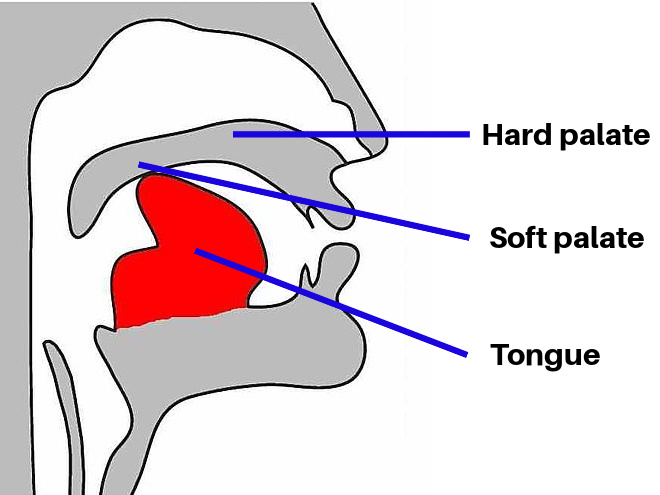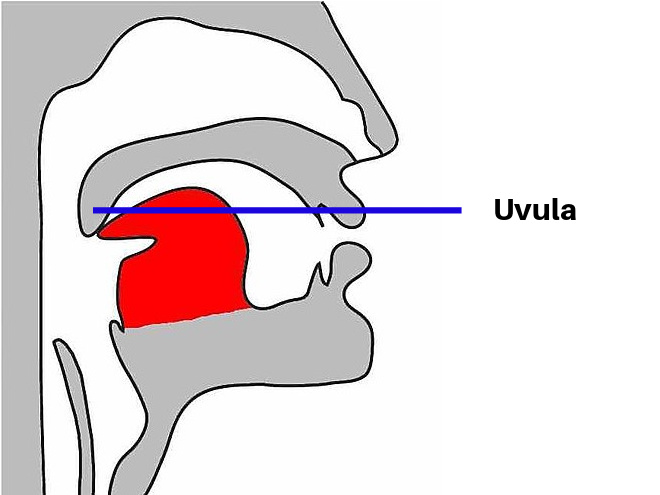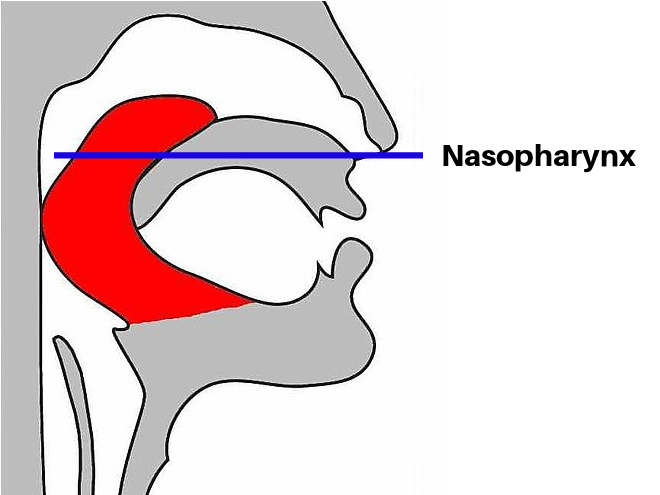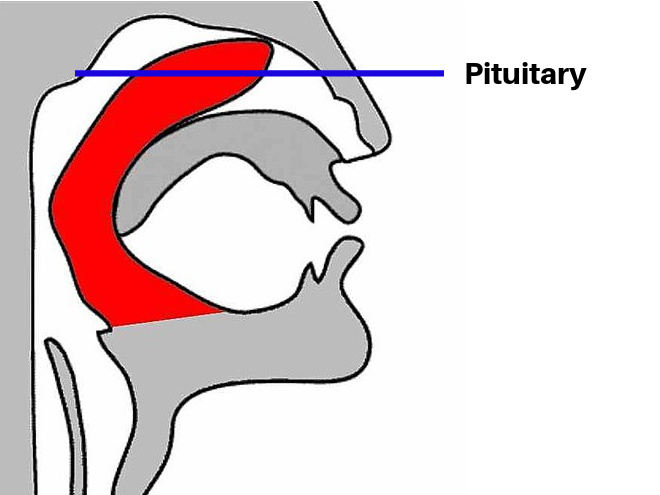
What is Khechari Mudra?
khechari mudra is considered the king of all mudras as it stimulates the master gland namely the pituitary gland situated behind the nasal cavity.
In Khechari mudra, (also referred to as tongue yoga or tongue lock) the tongue is rolled up, back and draw deep to the nasal cavity. Additionally, inside the nasal cavity, the tongue is locked back behind the palate.
However, to be able to practice this mudra, you should first practice rolling your tongue.
Talavaya Kriya involves the tongue to be stretched in & out repeatedly; that is why it is practised before Kechari mudra. Consequently, with consistent practice of this mudra, the tongue becomes flexible enough, and it can be extended to the pit of the throat.
Meaning of Khechari Mudra
Khechari is a Sanskrit word formed with two root words Kha and Chara.
- Kha means Brahman or Infinite Space
- Chara means to move
Whereas mudra means a gesture.
As khechari mudra lets the tongue penetrate to the top and stimulate the pituitary gland, it secrets the pituitary hormones. These hormones make practitioners feel the bliss of moving freely into the infinite space of brahman.
Preparation
There are two possible ways of performing the mudra (gesture):
- First, by cutting the frenum (the fold of skin beneath the tongue) to increase the extension of the tongue (done under guience of an expert).
- Second, without cutting frenum. With regular practice of Talavaya Kriya for months as mentioned in Kriya Yoga & Raja Yoga.
Steps for Khechari Mudra
- You should sit in a comfortable meditative pose like Padmasana, Swastikasana or Sukhasana.
- Hold your head, chest and back in a straight position.
- Take a few deep breaths after closing your mouth, and then do natural breathing.

Khechari Mudra Stage 1
- Start by extending your tongue and then folding it to touch the hard palate. Then, slowly try to push it towards the soft palate by fake swallowing.
- Do it few times till your tongue rests on the soft palate comfortably. However, do not push your tongue hard in the beginning.
- Next, try to slip your tongue further. You can use a clean finger to give it a little push.
- Now, with the tip of your tongue try to touch the uvula. (Uvula is the punching bag like structure in your mouth hanging over your tongue).
- Practice this a few times to make your tongue comfortable at this position.

Khechari Mudra Stage 2
- Now, as your tongue is touching the uvula, open your mouth quickly to blow a bit of air inside the throat.
- Consequently, your rolled tongue will be pushed by this bust of air behind the uvula. It will be ready to enter the upper part of the pharynx, connecting with the nasal cavity directly above the soft palate (nasopharynx).

Khechari Mudra Stage 3
- As your tongue makes its way behind the uvula there would be a strong urge of throwing out the tongue.
- To overcome this urge, observe the situation and keep breathing slowly.
- Through practice, eventually, you will be able to take your tongue to the utmost of the nasopharynx, where it will touch a bony structure called the pituitary gland.

Khechari Mudra Stage 4
- As the pituitary gland controls the functions of many of the other endocrine glands, it is also referred to as the master gland.
- Pressing the tongue against it will stimulate the pituitary gland, and it will secrete some fluid.
- However, at this point, saliva will be accumulated in your mouth as you will not be able to swallow it.
- As you bring your tongue back to the natural position, you will be able to feel the taste of the fluid in your mouth.
- It would be bitter in the beginning but, it is a sign of detoxification of your bodily system. Moreover, with practice, you will realize the bitter taste becomes sweet. In Hatha Yoga Pradipika, it is referred to as Amrita or the bliss of nectar.
Benefits of Khechari Mudra
- Regular practice of khechari mudra reduces symptoms of ageing. In addition, it also stimulates the pituitary gland that secretes anti-ageing elixir or the growth hormone
- Khechari mudra combined with ujjayi breathing balances the secretion of the thyroid gland, which is very important for better metabolism, optimum body weight, growth, and development.
- Moreover, it also works as a cleansing practice. The secretion of nectar detoxifies the body, prevents bad breath (halitosis) and clears the tongue gag.
- Khechari mudra helps prevent salivary gland disorders as it opens up blocked salivary glands
- Additionally, it activates the parasympathetic nervous system (PNS) therefore helping the body to relax.
- In fact, for hearing impairment and forgetfulness (dementia), Khechari mudra with Bhramari pranayama is very effective.
Precautions to take
- There is no known side effect of Khechari mudra. Yet, sometimes one can notice blood on the tip of the tongue due to it entering the nasal cavity, but it is perfectly normal.
- Guidance of an expert (a guru or a teacher) is highly advised to do this mudra.
- It takes years to mastery this mudra. Therefore, one shouldn’t try to do it on the very first day itself.
Checkout how Khechari Mudra works on this article from fitsri website.
Final Words
Khechari mudra is referred to as ‘King of all mudras” as it stimulates the pituitary gland, the master gland of the body. Although, there is no ideal time to do this mudra but, it’s highly recommended during the meditation sessions. Press your tongue against the soft palate while meditating; it helps you control your thoughts.